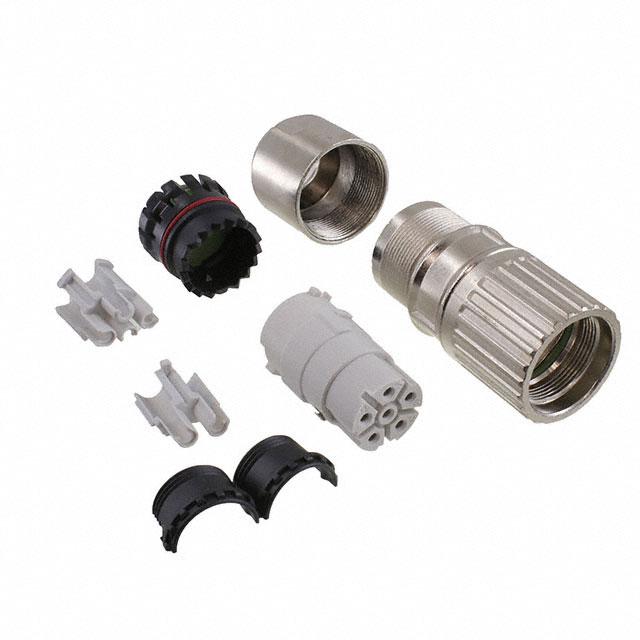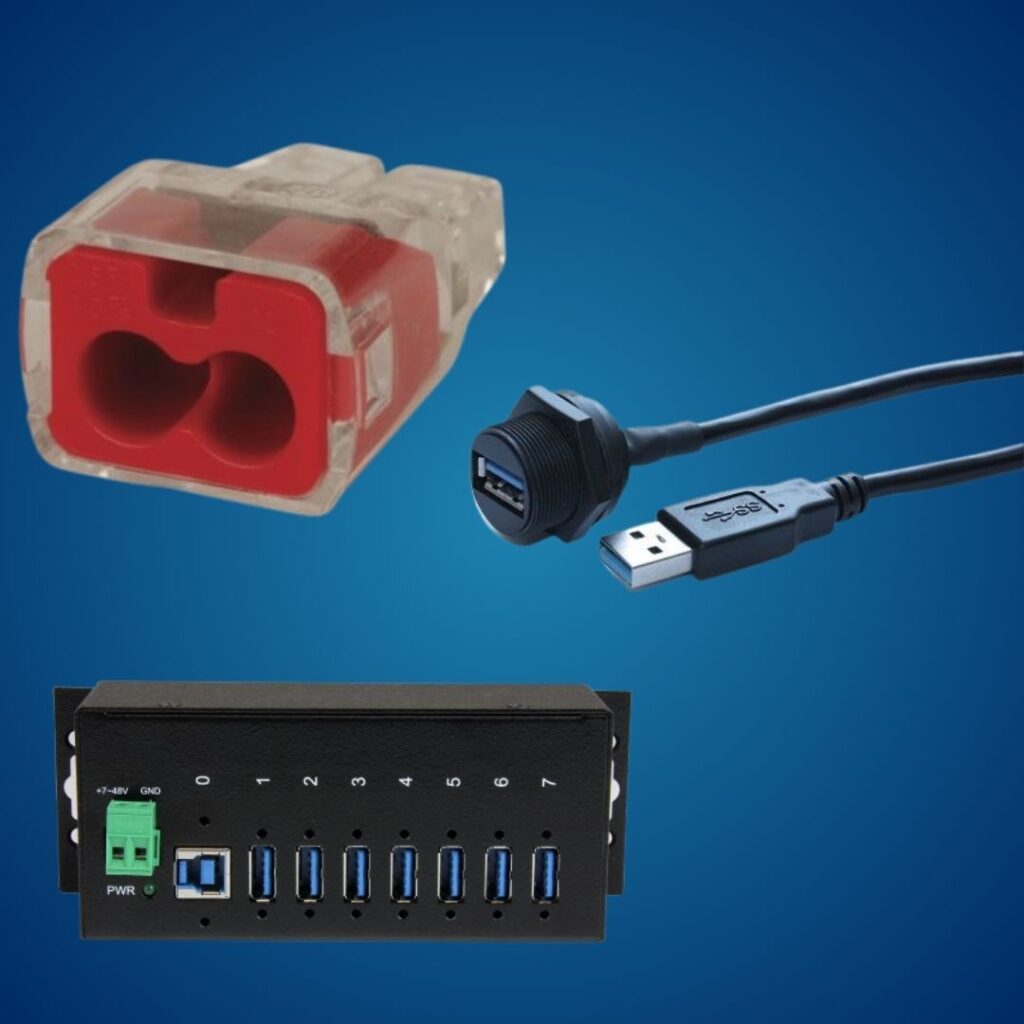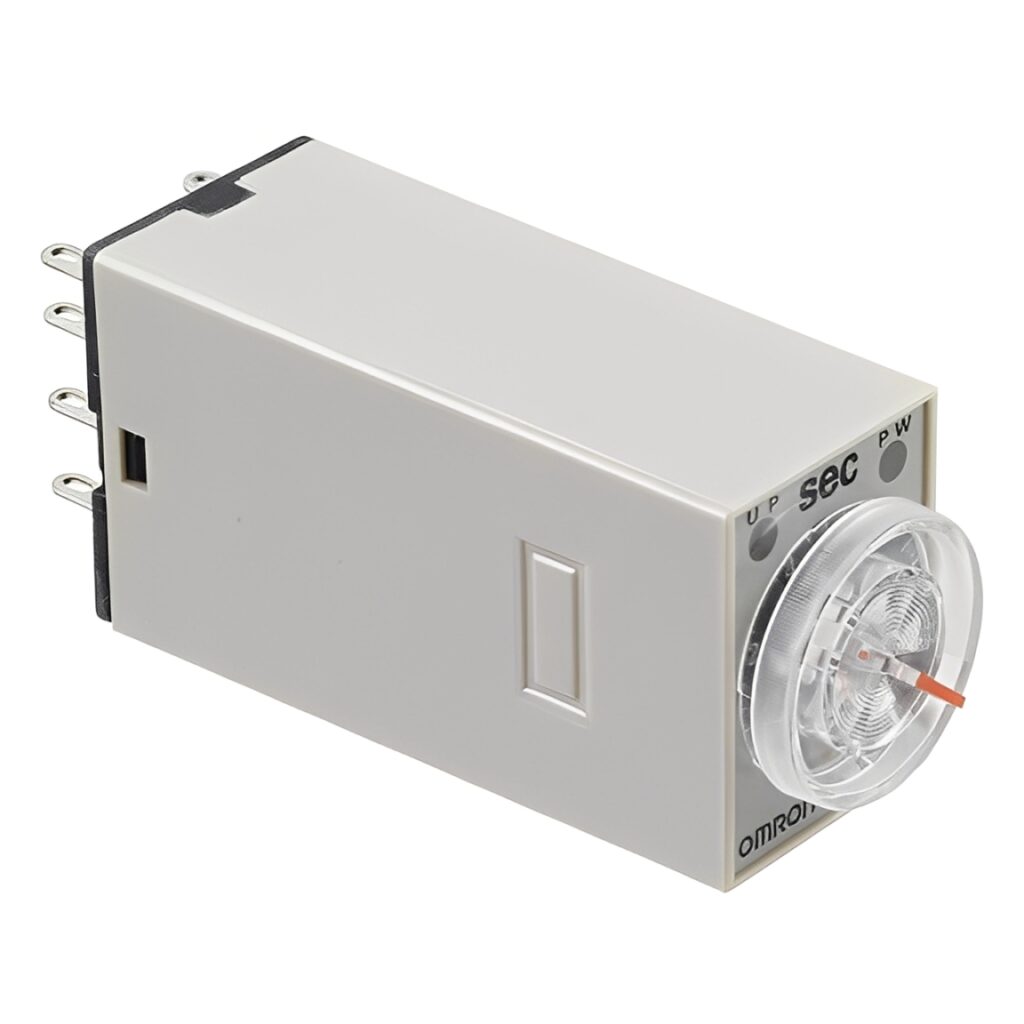
Introduction
In modern industries, precision and reliability rely on small components that silently power mechanical and electronic systems. One such component is the flanged bearing. Known for its secure mounting and ability to handle misalignment, this bearing type is essential in ensuring smooth rotation in applications ranging from conveyor systems to robotics and electronics assembly. By offering stability and efficiency, flanged bearings remain indispensable in both heavy-duty machinery and delicate electronic-driven automation.
What Is a Flanged Bearing?
A flanged bearing is a type of mounted bearing that features a flange on its outer ring. This flange allows the bearing to … Read more




